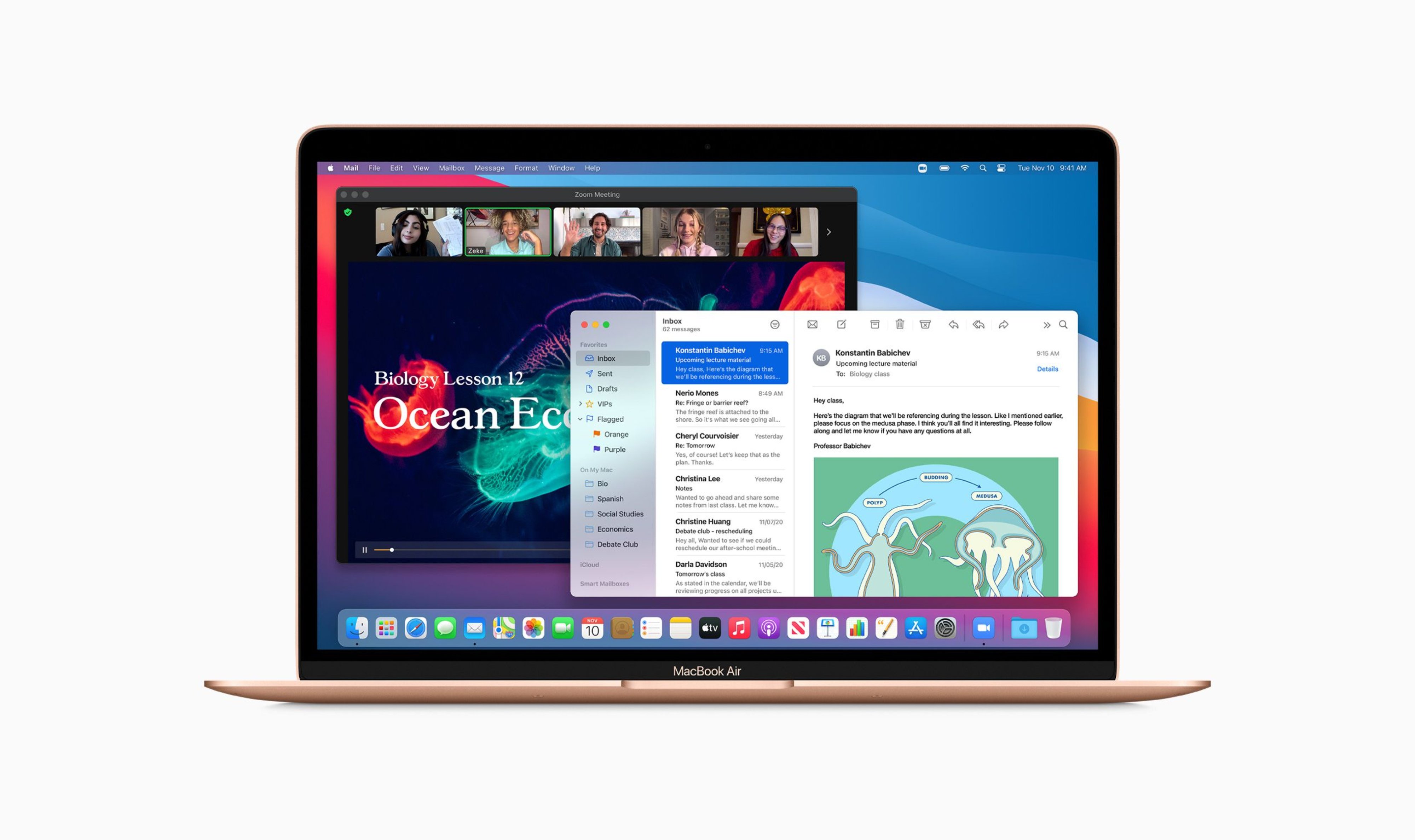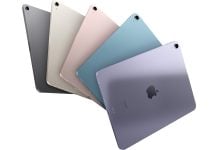Apple’s newly launched Mac devices powered by the company’s new ARM-based M1 chipset have been well received. Everyone, including Apple fanboys and skeptics, are surprised by the performance improvements offered by this new Apple Silicon-powered devices.
However, one of the drawbacks of the new devices is the ability to run the Windows operating system and even Apple’s official method to do so, using Bootcamp, isn’t possible at this time. This is because the Windows OS is built for x86 chipsets while the new Apple M1 is based on ARM.

But surprisingly, a developer named Alexander Graf has managed to successfully run virtualized Windows 10 on ARM on the new M1-powered MacBook. He used a modified version of QEMU, open-source virtualization and machine emulation software, to run an Insider Preview of Windows 10 ARM. He also utilized Apple’s own Hypervisor framework which is designed for virtualization purposes.
Who said Windows wouldn't run well on #AppleSilicon? It's pretty snappy here 😁. #QEMU patches for reference: https://t.co/qLQpZgBIqI pic.twitter.com/G1Usx4TcvL
— Alexander Graf (@_AlexGraf) November 26, 2020
EDITOR’S PICK: Magfaster Magnetic Touchpad Introduced by Kickstarter offers Seamless Wireless Charging
Alexander Graf is claiming snappy and smooth performance of the Windows operating system on his MacBook but other users who tried to replicate the same have reported some issues. There were issues related to connectivity, which now seems to have been fixed.
This is a really interesting development and we expect more such work to keep surfacing online until we get an official solution, either from Apple or Microsoft.
Another interesting outcome is performance. The benchmark result of the Windows 10 ARM running on the Apple M1-powered MacBooks indicates that it is performing better than Microsoft’s own Surface Pro X. Based on the scores, it seems that the M1 is about 60% to 85% faster than the fastest Windows on ARM devices available right now.
UP NEXT: Realme Ace flagship smartphone powered by Snapdragon 875 and superfast charging revealed to be in the works







